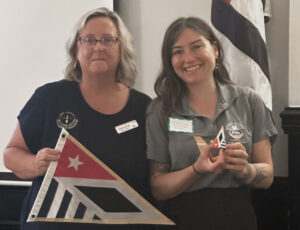News
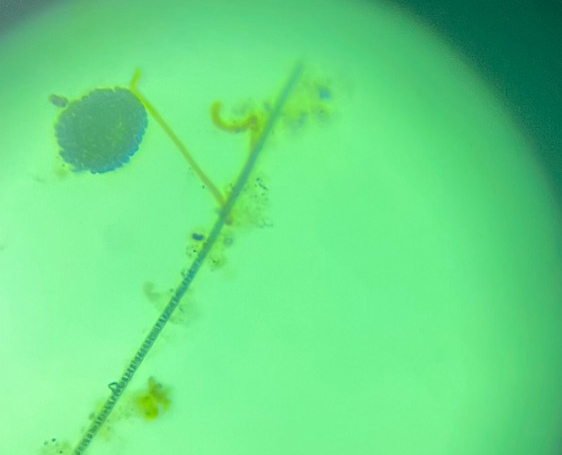

Waterkeepers Carolina recently provided OMAX microscopes to Riverkeepers across North Carolina to help them identify bacteria in local waters.
Neuse Riverkeeper Samantha Krop put Sound Rivers’ new microscope (with digital camera) to immediate use after a kayak outing at Robertson Mill Pond over the holiday weekend. While exploring Wake County’s only cypress swamp, Sam ran across what appeared to be an algal bloom. She took water samples and notified North Carolina Department of Environmental Quality’s Division of Water Resources. Sam believes the one of the organisms found in the sample could be Microcystis, a type of cyanobacteria, which can produce toxins. She’s reached out to DEQ to help identify both organisms in the photos.
Sam was accompanied on her kayaking trip by her dog, Charlie, and said the outing was a good reminder to keep pets away from water that appears discolored, murky or odorous — all signs of an algal bloom.
Some algal blooms can produce toxins that can cause illness or even death, as was reported two weeks ago when several dogs were sickened or died after a trip to Jordan Lake. Read more HERE.
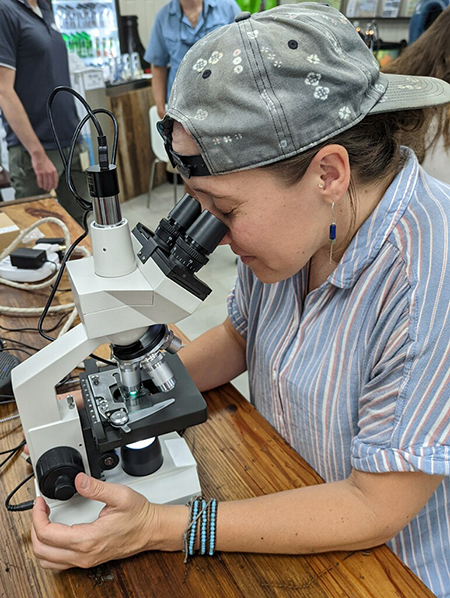
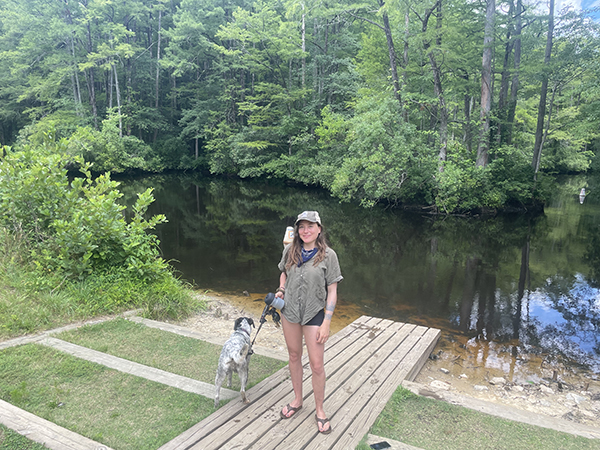
Related News
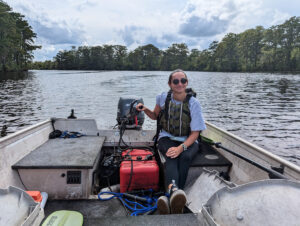
Riverkeeper monitoring Tar-Pamlico Water Trail
July 25th 2024

Rain ramps up trash-trap cleanouts
July 25th 2024

Riverkeeper, intern take on emergency trash trap cleanout
July 25th 2024

Tar-Pam Riverkeeper investigates Cub Creek turbidity
July 25th 2024

Heavy rains lead to sky-high turbidity on Lick Creek
July 25th 2024
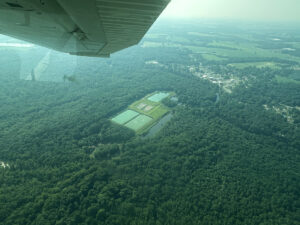
Riverkeeper: What goes up, must come down
July 18th 2024
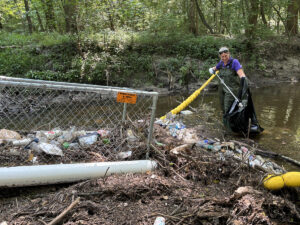
Greenville’s trash trap gets emergency cleanout
July 18th 2024

Sound Rivers gets close up of cyanobacteria
July 18th 2024
